I have been trying to figure out this problem all week. My main problem is seperating the sound from the noise in the signal (see plotted example:

In between these small noises are dtmf tones. Once I get the index of the starting and ending points of the tones converting them is easy.
How exactly are we suppose to determine were noise starts or begins?Each noise can be different lengths and there are plenty of sudden drops in the in the actual sound. I understand the concept of taking small chunks, but how do we compare them in a way to determine noise from sound. Could we fine the silence by comparing how long an index is consecutive under a certain number? I am not sure how to start this problem.
function [phone_number,ERROR] = cjm274_dtmf_number(dtmf_signal,fs)
Input:
% dtmf_signal - samples of the input waveform
% fs - sampling frequency
% Output:
% phone_number - string of characters representing a phone number
% ERROR - set to zero if phone_number does not represent a valid
% phone number